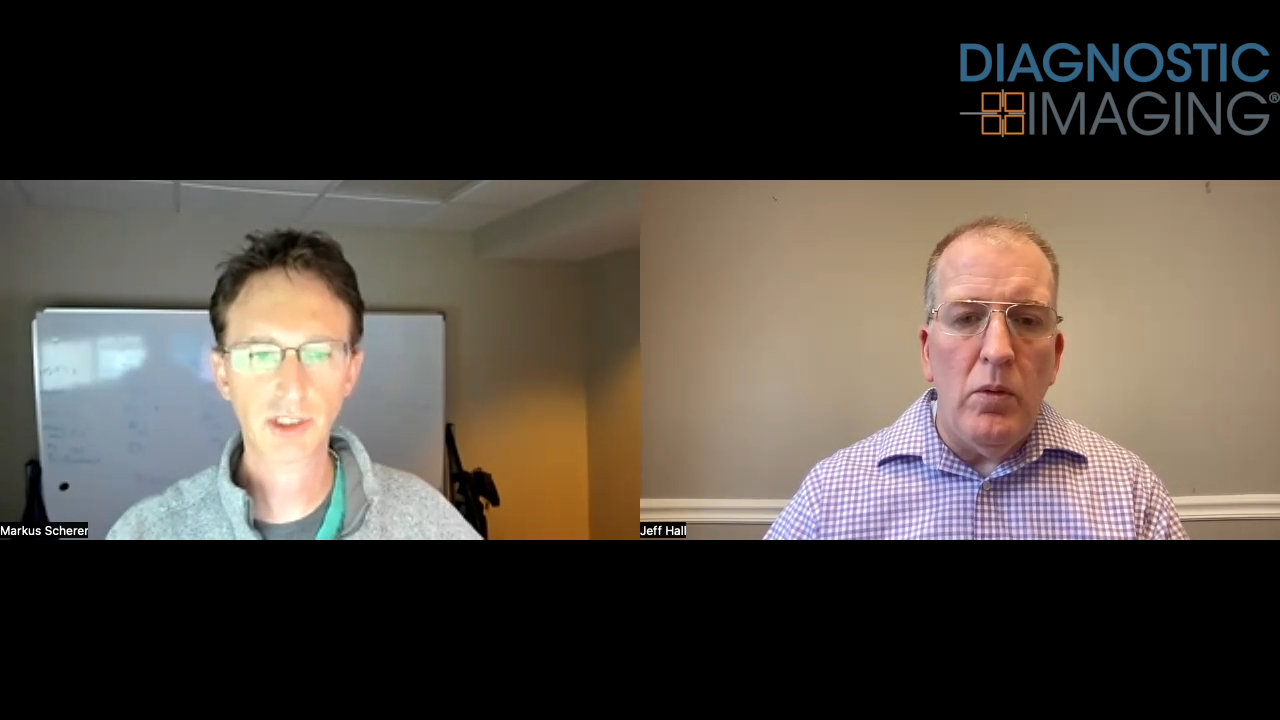CMS Issues Final LDCT Coverage Decision
CMS released their final decision for lung cancer screening with low-dose CT.
CMS issued their final decision yesterday, determining that there is sufficient evidence to add an annual screening for lung cancer low-dose computed tomography (LDCT) for appropriate beneficiaries.
The final decision differs slightly from the proposed decision issued in November, mostly in terms of criteria for eligible beneficiaries. In the final decision, beneficiaries must be age 55–77 years (the proposed decision was capped at age 74). Similar to the proposed decision, eligible beneficiaries must be asymptomatic, with a tobacco smoking history of at least 30 pack-years, a current smoker or quit smoking within the last 15 years.
For the initial LDCT lung cancer screening service, the beneficiary must receive a written order for LDCT lung cancer screening during a lung cancer screening counseling and shared decision making visit (also added to CMS coverage under this final decision). The order must come from a physician or a qualified non-physician practitioner (eg, physician assistant, nurse practitioner).
The lung cancer screening counseling and shared decision making visit must include: determination of eligibility (age, absence of symptoms, calculation of smoking pack-years, or years since quitting); shared decision making (use of one or more decision aids that include benefits and harms of screening, follow-up diagnostic testing, over-diagnosis, false positive rate, and total radiation exposure); counseling on the importance of adherence to annual lung cancer LDCT screening (impact of comorbidities and ability or willingness to undergo diagnosis and treatment); counseling on the importance of maintaining cigarette smoking abstinence if former smoker, or importance of smoking cessation if current smoker, and furnishing information about tobacco cessation interventions; and if appropriate, written order for lung cancer screening with LDCT.
Subsequent LDCT lung cancer screenings must come in a written order received by a physician or qualified non-physician practitioner during any appropriate visit.
Reading radiologists must be board-certified with the American Board of Radiology or equivalent organization, have documented training in diagnostic radiology and radiation safety, involvement in the supervision and interpretation of at least 300 chest CT acquisitions in the past three years, documented participation in CME in accordance with ACR standards; and furnish lung cancer screening with LDCT in a radiology imaging facility that meets the radiology imaging facility eligibility criteria.
Radiology imaging facilities must meet specific standards to promote low dose, a standardized lung nodule identification and reporting system, make smoking cessation interventions available for current smokers, and collect and submit data to a CMS-approved registry for each LDCT lung cancer screening performed. The American College of Radiology has applied for CMS approval for their Lung Cancer Screening Registry.
The final decision comes just days after the American Cancer Society released research in CA: A Cancer Journal for Clinicians indicating that lung cancer has now become the leading cancer killer of women in developed nations. Breast cancer has now been bumped to the second leading cause of cancer death in women in developed nations.
Studies of effectiveness of breast cancer screening programs around the world showed decreases in mortality ranging from 19% to 32%.
“Medicare got this right. Screening coverage will help save thousands of seniors each year from the nation’s leading cancer killer. Screening programs can also help lower smoking rates. The process may even lead to better understanding of addiction as well as lung cancer in those who never smoked,” Laurie Fenton Ambrose, president and chief executive officer of the Lung Cancer Alliance, said in an ACR release.
The ACR called the coverage a “game changer” in the battle against lung cancer.
Read the CMS summary here.
Study with CT Data Suggests Women with PE Have More Than Triple the One-Year Mortality Rate than Men
April 3rd 2025After a multivariable assessment including age and comorbidities, women with pulmonary embolism (PE) had a 48 percent higher risk of one-year mortality than men with PE, according to a new study involving over 33,000 patients.










